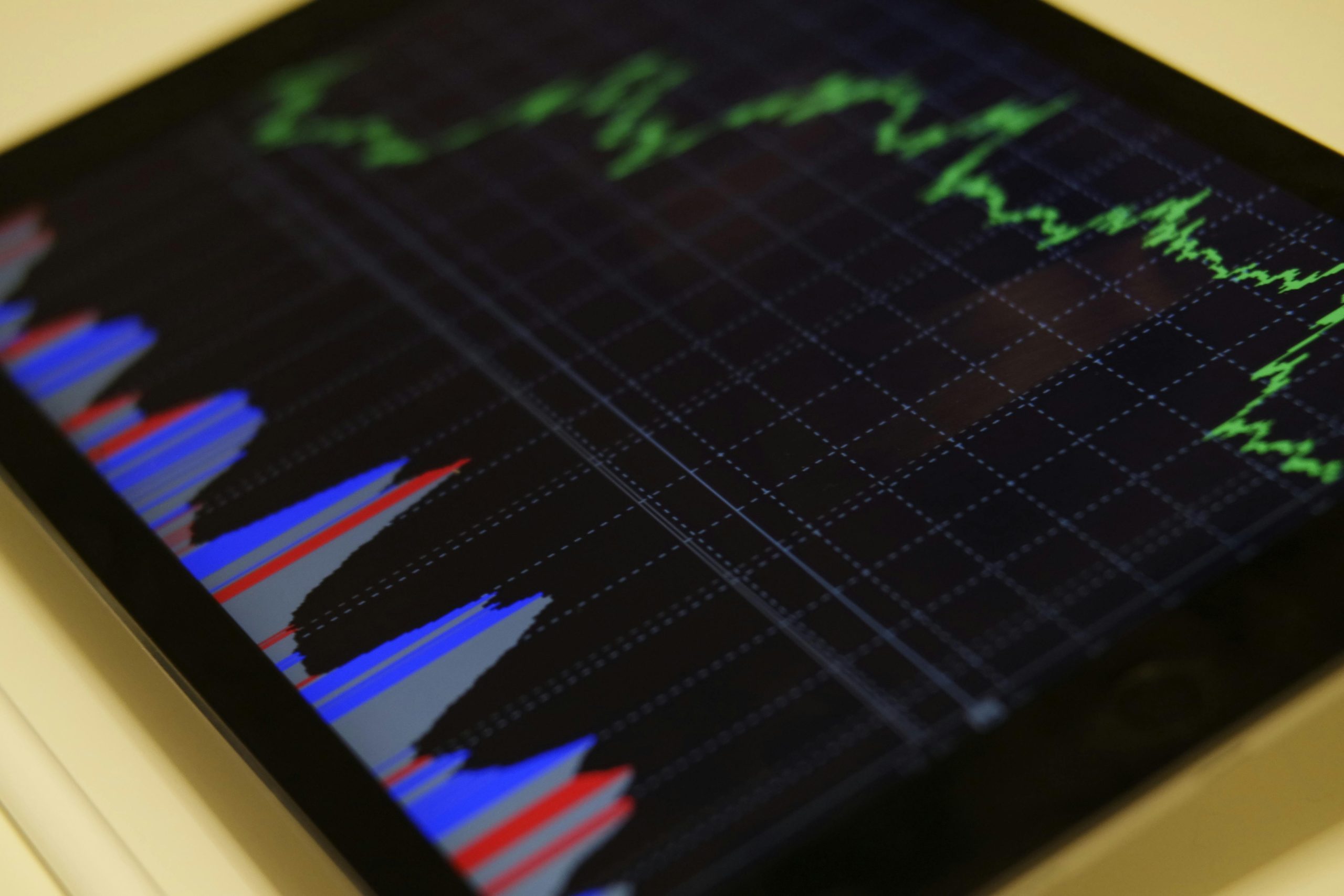Foreign exchange (forex or FX) trading is a fascinating world where currencies are bought and sold, aiming to profit from fluctuations in exchange rates. If you’re new to this exciting market, let’s dive into the basics and explore how you can get started.
What Is Forex Investing?
When you travel internationally, you encounter different currencies. Imagine you’re visiting Japan, and you need to convert your U.S. dollars into yen. The exchange rate determines how much yen you’ll get for each dollar. Forex trading operates similarly, but instead of physical cash, you trade large amounts of foreign currency electronically.
Here’s how it works:
- Currency Pairs: Currencies are traded against each other in pairs. For instance, EUR/USD represents the euro against the U.S. dollar. Traders speculate on whether the value of one currency will rise or fall relative to another.
- Market Structure: Unlike stock markets with centralized exchanges, forex operates over the counter (OTC). Transactions occur electronically among traders worldwide. The market is open 24 hours a day, five and a half days a week, spanning major financial centers across different time zones.
- Liquidity and Size: Forex markets are the world’s largest and most liquid. Daily global trading volume reached a staggering $7.5 trillion in 20221. Major players include institutional firms, banks, and retail investors.
Key Considerations Before Investing in Forex
Before diving in, consider these essential factors:
- Risk Profile: Each currency pair has a unique risk profile. Understand the differences—for example, USD/CAD behaves differently from USD/BRL.
- Trading Fees: Brokers charge fees, either hidden within spreads or as explicit transaction fees. Be aware of costs associated with each trade.
- Leverage: Leverage amplifies gains and losses. Know how much leverage you’re using and its impact on risk.
- Margin Requirements: Margin allows you to trade with borrowed funds. Understand the costs and margin requirements for your account.
- Profit or Loss per Pip: Currencies move in small increments called pips. Calculate how much you gain or lose per pip in dollar terms.
Types of Forex Investments
- Spot Forex: Directly trading currency pairs at the current market price.
- Forex Futures: Contracts to buy or sell currencies at a predetermined future date and price.
- Forex Options: Contracts that give you the right (but not the obligation) to buy or sell currencies at a specific rate.
- Forex ETFs and ETNs: Exchange-traded funds (ETFs) and exchange-traded notes (ETNs) that track forex indexes or currency baskets.
- Currency Derivatives: These include forwards, swaps, and other complex instruments.
Developing a Strategy
- Technical Analysis: Study price charts, patterns, and indicators to predict future price movements.
- Fundamental Analysis: Analyze economic data, interest rates, and geopolitical events to understand currency trends.
- Risk Management: Set stop-loss orders to limit losses and manage risk effectively.
- Demo Trading: Practice with virtual accounts before risking real money.
Conclusion
Forex investing offers immense opportunities but comes with risks. Educate yourself, choose a reliable broker, and develop a well-defined strategy. Remember that success in forex requires continuous learning, discipline, and adaptability.
Happy trading! 🌐📈
Disclaimer: Forex trading involves substantial risk and is not suitable for everyone. Consult a financial advisor before making any investment decisions.

